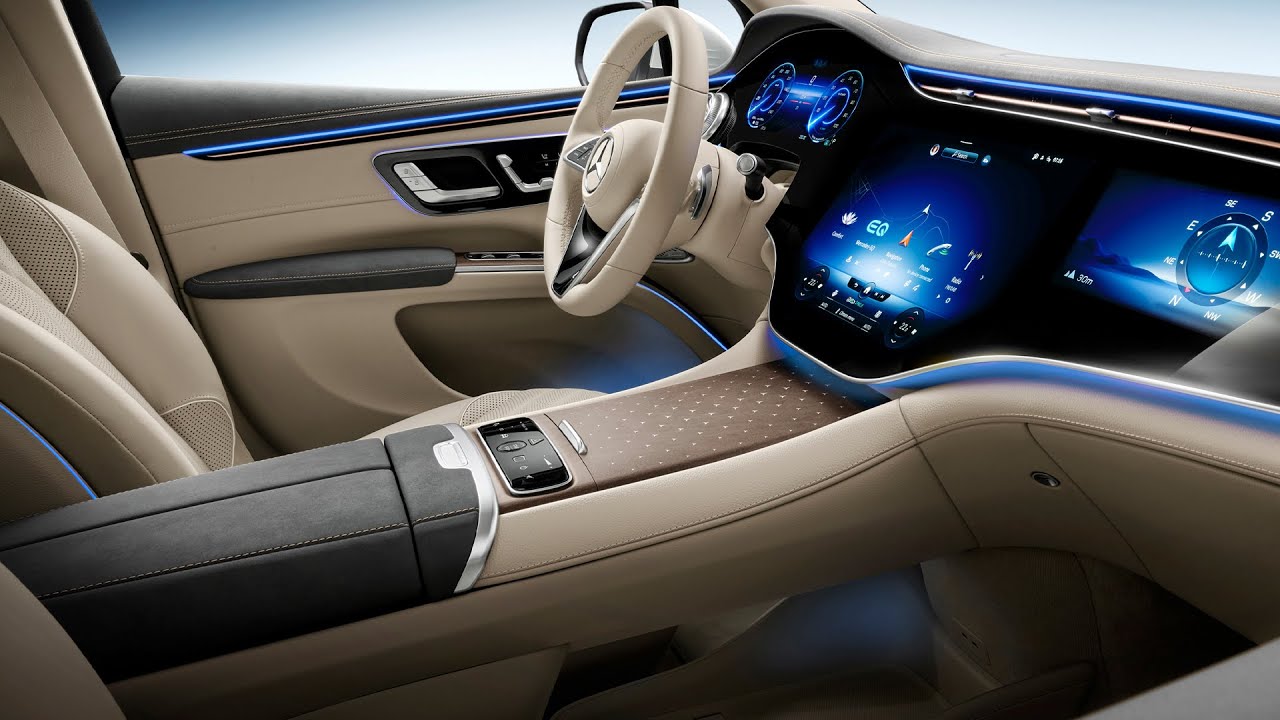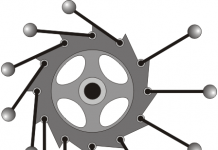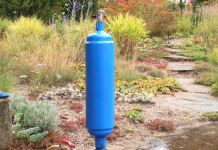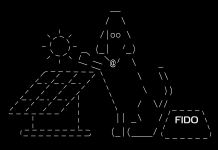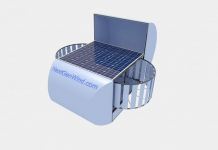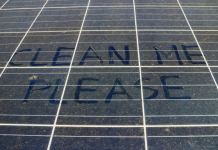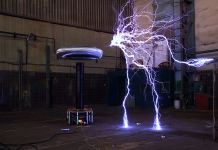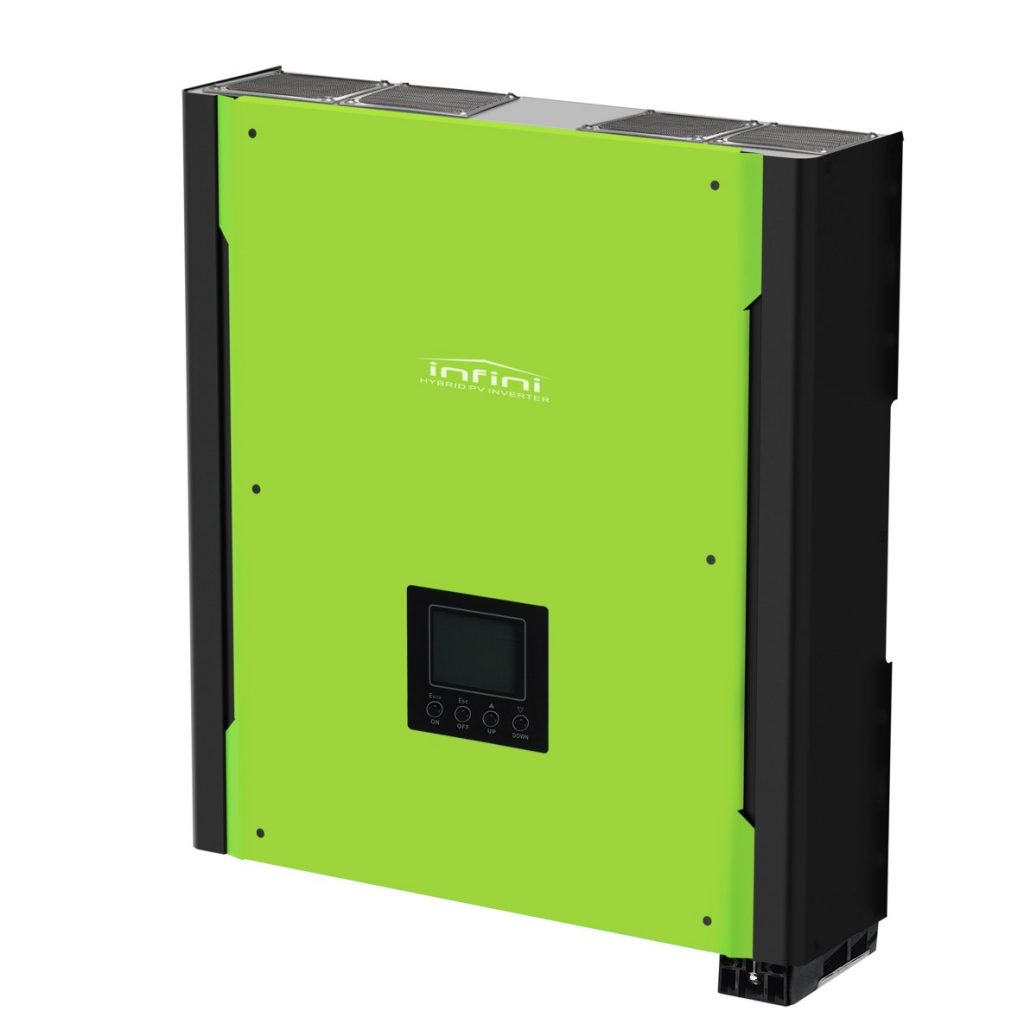The inverter for solar panels is a special instrument which allows to turn a direct current in variable by means of the received energy from solar panels. In spite of the fact that the received current from a photo of elements of a similar power source can be used in pure form, the majority of the centralized power supply networks require the transformed current for support of normal operation of devices and systems.
Varieties
Inverters differ among themselves behind target and functional application therefore there are following varieties of this instrument:
• Network inverters. Are launched parallel to the centralized system of the power supply network. Have additional function, such as regulation of the general working options of a network (a vibration amplitude, frequency tension, etc.). Network inverters apply to solar batteries which have no accumulators. In case of violations the snabzheniyakh of the electric power this instrument is switched off automatically. The made energy is generated in a network according to “a green rate”.
• Independent inverters. Instruments of this look aren’t connected to the centralized power supply network, and also work completely irrespective of it. Independent inverters use for similar solar panels.
• Hybrid inverter (accumulator and network). The instrument which unites properties of both network, and independent inverters. In case of a possibility of contact with rechargeable batteries, and also to existence of access to the centralized power supply, such type of the instrument gives an opportunity is most practical to produce, process and save the energy received from photo cells of solar panels.
Also select the following varieties of inverters for solar panels, considering an outgoing signal which sends the instrument:
• Inverters of a pure outgoing signal of sinusoidal type. Allow to fill any loading of an alternating current. Despite expensive cost of instruments, they are capable to promote high-quality manufacture of energy, at the same time the index of losses is much less.
• Inverters which generate a quasisine outgoing signal or a meander (the modified sinusoidal). Such instruments have tension in the form of a meander, however, aren’t capable to withstand various network loads. For example, the asynchronous engine, a set of pumps, washing machines, transformers, and also refrigerators – won’t be able to work through this type of the inverter. The cost of the modified sinusoidal inverters is much lower for the previous instruments, but quality and practical use – appropriate.
Features of operation
This instrument is intended for conversion of a direct current in variable, and also for change of an index of tension. All system represents the generator of periodic tension and can be used separately or in the area of sources of constant power submission.
Peak capacity of the inverter shall make at least, than total power of an alternating current. The index shall exceed the area of variable power at least for 20-30%. Thanks to it the correct and smooth functioning of devices which are powered at the expense of solar batteries is ensured. The power index is very important, in case of the low range the inverter can’t launch instruments of difficult systems, without looking even at the short starting period. So, it is necessary to pick up and consider the maximum power of the inverter starting currents of instruments which connect.
Power also depends on the rated force of a photo of link systems (in the area of a direct current) and peak capacity of loading (in the area of an alternating current). If photos links of the instrument have the small amount and not really difficult principle of operation, then it is possible to use one inverter of the power corresponding to a solar panel. However, if a photo the link system has big power, then it is worth setting and using several inverters which work in a stage. Thanks to it it is possible to reduce risk of idle time of solar panels if the system fails or one of inverters will be damaged. Also there is an analysis of operability of each instrument individually and their comparing among themselves.
Testing
The modified sinusoidal instruments work much worse therefore use of sinusoidal instruments з a pure outcome of a signal (pure minus) – more practical and rational decision.
It is possible to use the normal floor fan to testing. If it slowly is launched, and also intensively heats up, means – the inverter modified sinusoidal.
One more important factor in case of a choice of the inverter is an index of idle current. Cheap and low-quality instruments, and also the majority of the modified sinusoidal have no in technical data sheets of information on this parameter. It demonstrates that very high, so – the inverter a lot of energy will be nonrational to work and lose an index of idle current on an outcome even in a “quiet” status.
For big agricultural institutions it is important to use the inverter which has the proceeding transformer. Thus phase tension is created, the instrument is protected from different “vagabonding” currents and possible failures. Also the fact that thanks to the transformer there is a protection against lightning discharges, and also from static electricians is at least important.
In case of a choice of the inverter it is important to pay attention to the following factors:
• Protection of the instrument against overheating;
• High efficiency (provides uniform distribution of energy);
• Ability to transfer loadings;
• A small index of losses of energy in case of low loading and under the influence of idle current;
• The various temperature range (significantly influences quality of operation of the instrument);
• Existence of a low index of harmonicas;
• The stabilized proceeding tension.





